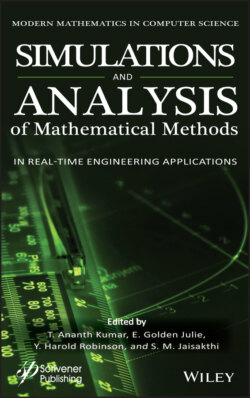Читать книгу Simulation and Analysis of Mathematical Methods in Real-Time Engineering Applications - Группа авторов - Страница 18
1.2.1 Tried and True Tools
ОглавлениеLet’s look at a couple of these advanced tools that continue to be helpful: the theory of control, signal processing, and optimization of mathematics.
Control theory [2], which in the late 1950s became its own discipline, deals with real-time observation, inference, and control of a complex system’s (potentially unnoticed) states. When you understand the physics of a system, i.e., where the dynamics are not random, it is especially useful. This is a big difference because when we don’t completely understand the underlying physics, such as retail demand behaviour or ad buying on the internet, ML is really useful. Consider vehicular motion, which has physical laws that we don’t need to learn from an ML algorithm; we know how the equations of Newton operate and we can write down the differential equations that control a vehicle’s motion. Building ML models to learn this physics will burn data reams and compute cycles to learn something that is already understood; it’s wasteful. On the contrary, we can learn something important more quickly by putting the known physics in a state-space model and presenting the assumption in the language of control theory.
Signal processing, which deals with the representation and transformation of any signal, from time-series to hyper-spectral images, is another useful instrument. Classical transformations of signal processing, such as spectrograms and wavelet transforms, are also useful features to be used with ML techniques. These representations are currently used by many developments in speech ML as inputs to a deep neural network. At the same time, classical signal processing philtres, such as the Kalman philtre, are also very effective first solutions to issues that, with 20% of the effort, get you 80% of the way to a solution. Furthermore, strategies such as this are also much more interpretable than more advanced DL ones [9].
Mathematical optimization, finally, is concerned with finding optimal solutions to a given objective function. Linear programming to optimise product allocation and nonlinear programming to optimise financial portfolio allocations are classical applications. Advances in DL are partly due to advances in the underlying optimization techniques that allow the training to get out of local minima, such as stochastic gradient descent with momentum.
Mathematical optimization, as with other methods, is very complementary to ML. Both of these instruments do not work against each other, but provide interesting ways of combining them instead.
